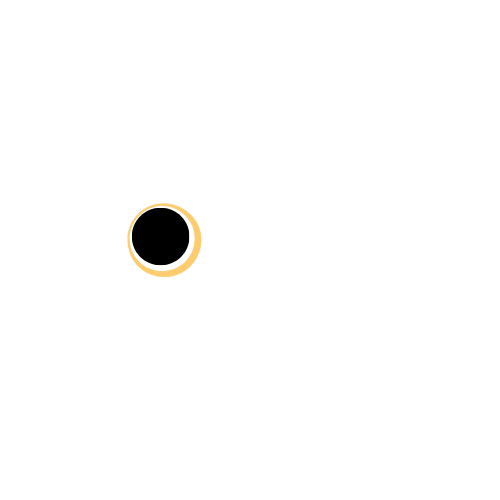About.

I well remember the smell. Tobacco smoke clinging to upholstery. There’s a lingering whiff from dinner. I hear the wicked wheels of the medicine trolley. Alarms going off for no reason, sometimes for good reason. Someone screams in despair in the corridor. Another patient weeping into thier dressing gown, curled up in a chair in the sitting room, an agency nurse with a clipboard watching their every movement. This is the reality of psychiatry, not what you read in textbooks.
I spent years in those wards. Later, I spent years in therapy. Both places showed me the same truth: suffering doesn’t fit neatly into our categories. The system tries. It gives out diagnoses, runs groups, prescribes, reviews, and discharges. Sometimes it helps. Sometimes it crushes. Therapy—my own trade—can be just as tricky. We hold the stories and offer support, but we can also trap people in endless discussions and miss their true selves.
This blog is my attempt to share what I’ve seen. I’m not here to condemn psychiatry or idealise therapy. Instead, I want to write about the messy middle—where both offer wisdom and shadows.
I’m mainly writing for other clinicians and therapists. Those who’ve sat through family meetings where no one says what they mean. Those who carry heavy caseloads. Those who feel they drift into jargon just to cope. I’m also writing for those who have experienced these systems. They know the feelings I’m describing: the boredom, the despair, the moments of humour, and the endless waiting.
I’m not the “softly-softly” type of therapist. I’m direct and practical. Patients and clients know where they stand with me. That bluntness comes from two places: my time inside psychiatry, where euphemism rules, and my work as a full-stack developer.
That last part might seem odd, but it’s not. Coding teaches me precision. You can’t negotiate with a function call. It either runs or it doesn’t. Therapy isn’t code, but the discipline of building and debugging systems shapes how I work: cut the fluff, keep it simple, focus on what works.
Years ago, I built a platform for myself. I struggled to manage all the tasks a therapist needs to do: preparing sessions, following up, sending reminders, and scheduling. The mental load was huge. So, I created a system to lighten that load. Not to replace therapy, but to allow me to be present. To focus on the person in the room, not on notes I might forget.
It works. It’s live and already in daily use. I didn’t launch a product; I built something I needed. As I developed it, I realised it’s a tool every therapist should have. It’s not intrusive tech but a background support that lets the real work—human work—happen.
I don’t believe AI therapists will replace people. That would be a disaster. It’s just another authority for people to surrender to, another rule to bind them. I do believe AI can be a mirror and organiser. It can reflect, symbolise, prompt, and hold clutter, while keeping the therapist-client relationship intact. Supported, collaborative and equal.
That’s why this blog exists at the crossroads of psychiatry, psychotherapy, and technology. It’s part reflection, part imagination. A reckoning with the ordinary madness of psychiatric care—its absurdities, cruelties, and small mercies. And imagining how we could do it differently if we used our tools honestly, not just for hype.
What this blog isn’t: it’s not an awareness campaign. It’s not “mental health advocacy.” It won’t feature inspirational slogans. I won’t use words like “journey,” mindfull, “transformative,” or “holistic.” They’ve lost their meaning.
What it is: a set of field notes. Scenes from the ward, the therapists chair, and from the web developer’s desk. Reflections on our care systems and their failures. Thoughts on how technology might support care instead of smothering it. And always—stories from the ground, not theories in the abstract.
Because madness is not rare or exotic. It’s ordinary. It lingers in the scent of burnt toast from the staff kitchen, in the loud laugh of a man walking the ward, and in the tiredness of a nurse checking the drug chart. It lives in the therapist who, after six back-to-back clients, stares at the screen and forgets their own name. This is the territory I’m writing from.
Welcome to Notes on Ordinary Madness.
If this resonates, Join me. New posts weekly.
